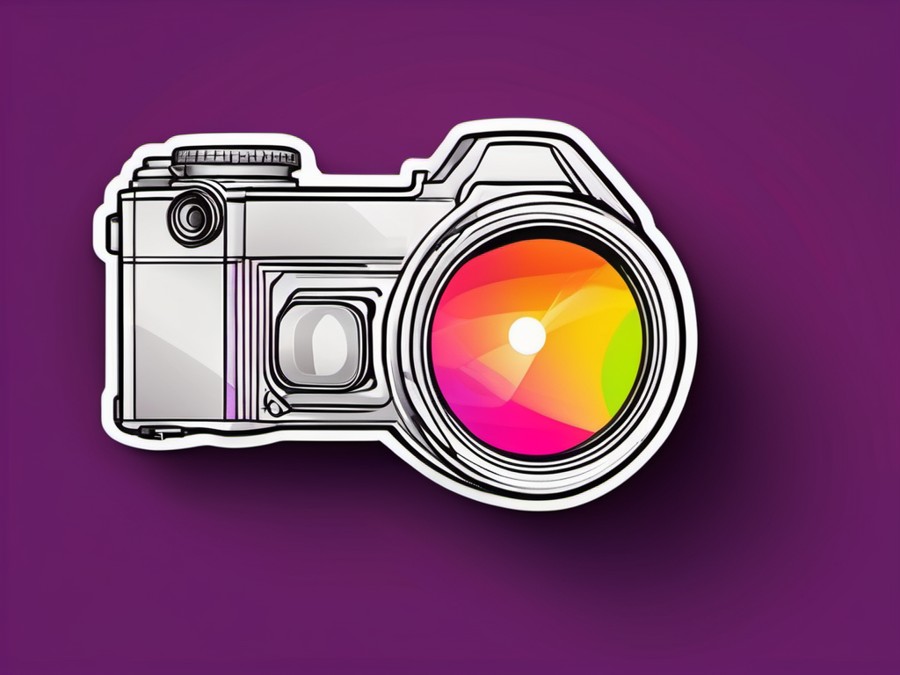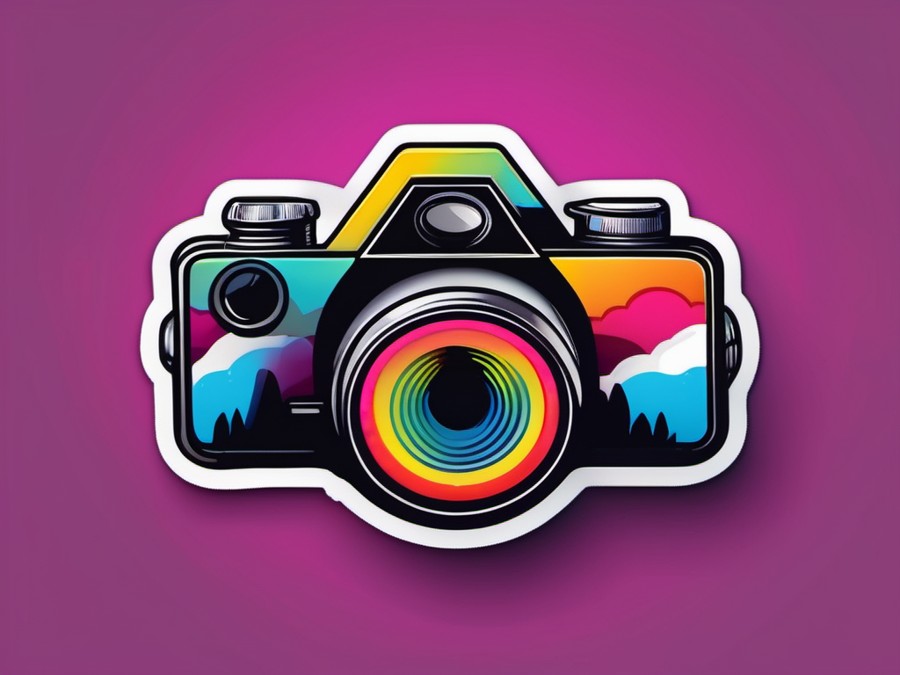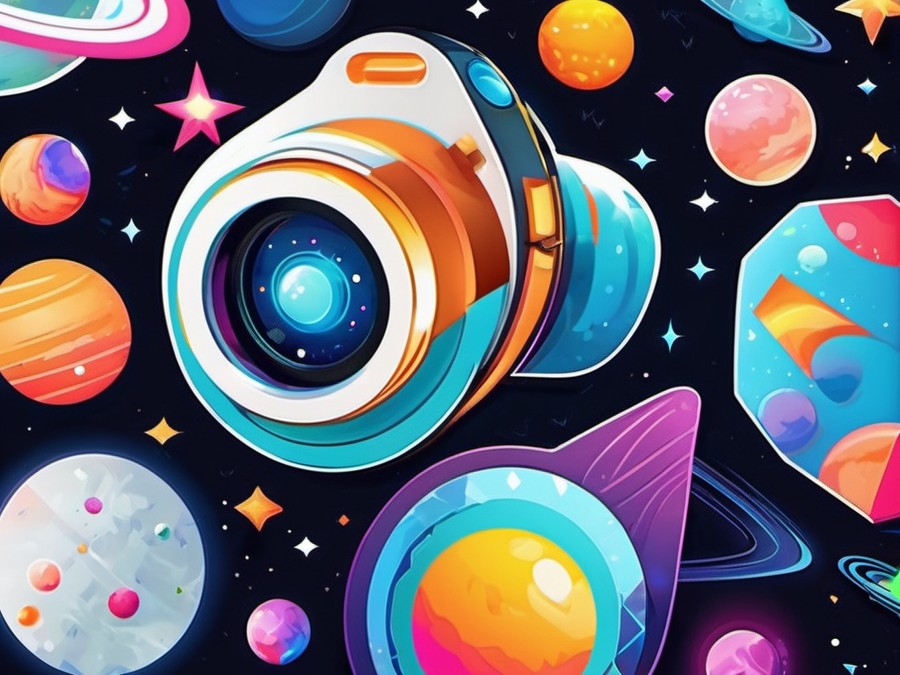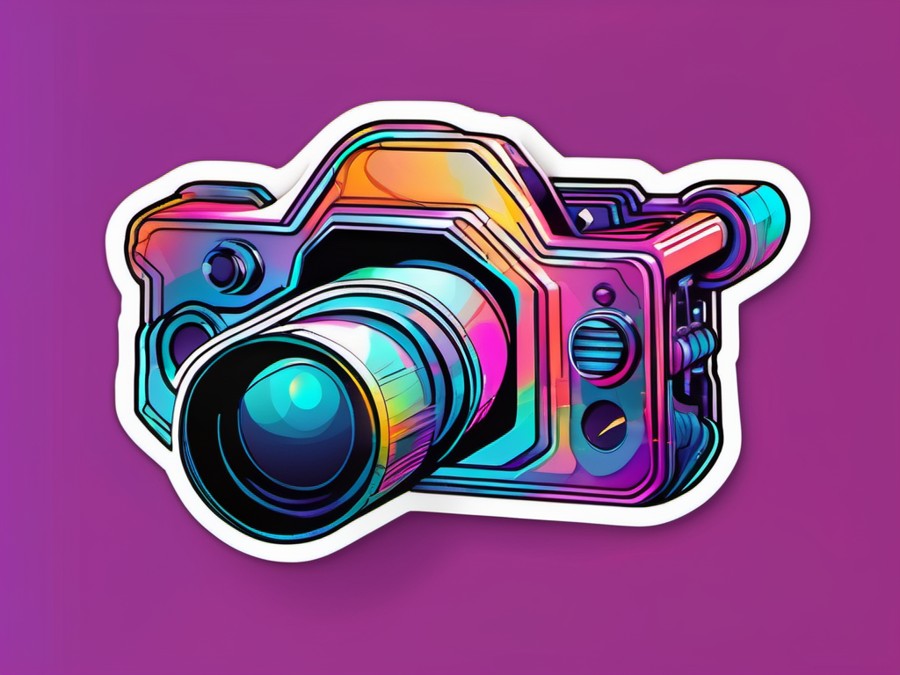· Charlotte Will · Monoculars · 7 min read
What is a Waterproof Monocular and Why You Need It?
Discover the benefits and features of waterproof monoculars. Ideal for fishing, boating, hiking, and wildlife observation, these durable devices offer clear visibility in any weather condition. Learn which model is best for you and explore real-life examples of their use.

Have you ever been out in the wilderness, or on a boat, and wished you could zoom in on something but were worried about getting your gear wet? Welcome to the world of waterproof monoculars—the perfect solution for outdoor enthusiasts who don’t want to be held back by a little rain or sea spray. Let’s dive in and explore what makes these devices so special, who needs them, and how to choose the right one for you.
Understanding the Basics of a Monocular
What is a Monocular?
A monocular is essentially a compact, lightweight telescope designed for one-eyed viewing. Unlike binoculars, it’s not cumbersome to carry around and doesn’t require both hands to operate. Think of it as a high-tech magnifying glass that brings distant objects into sharp focus, perfect for birdwatching, hunting, or even spotting stars.
How Does a Monocular Work?
At its core, a monocular operates on the principles of optics. Light rays pass through lenses that magnify and focus the image onto your eye, making distant objects appear closer. The quality of this process depends on the lens quality and the magnification power.
Common Uses of a Monocular
From wildlife observation to surveying the landscape, monoculars are versatile tools. They’re great for hiking, camping, and even sports events where you need a clear view of the action.
What Makes a Monocular Waterproof?
The Importance of Weather Resistance
Whether you’re hiking through a rainforest or out on the open sea, waterproofing ensures your monocular remains functional and reliable. Moisture can easily damage internal optics, so a waterproof seal is crucial for longevity.
Key Features of a Waterproof Monocular
Seals and Gaskets
A waterproof monocular uses rubber seals and gaskets to prevent water from entering. These are often found around the lenses, eyepieces, and body joints.
Ingress Protection Rating (IPX)
The IPX rating indicates the level of water resistance. An IPX7 rating means it can withstand immersion in water up to 1 meter for 30 minutes. Higher ratings offer more protection, which is essential in demanding environments.
Testing Waterproof Claims
Real-life scenarios can be harsh, so it’s important to test the waterproofing of your monocular. Manufacturer specifications are a good starting point, but practical use in various conditions is the real proof.
The Advantages of a Waterproof Monocular
Durability and Longevity
With weather resistance, your monocular can endure harsh conditions without losing functionality. This means it will last longer and maintain its performance over time, making it a worthwhile investment.
Versatility in Various Environments
From rainy days to foggy mornings, a waterproof monocular can handle it all. Whether you’re in the forest, on a lake, or by the ocean, you won’t have to worry about your gear getting damaged.
Enhanced Safety
Imagine trying to navigate a boat in heavy rain without clear visibility. A waterproof monocular ensures you can see clearly, reducing the risk of accidents in wet conditions.
Who Needs a Waterproof Monocular?
Fishing Enthusiasts
For anglers, a waterproof monocular helps spot fish and navigate waterways effectively. The ability to withstand splashes and even brief immersions makes it ideal for fishing activities.
Boaters and Sailors
If you’re out on the water, a waterproof monocular lets you monitor sea conditions, check for other vessels, and use navigation aids with confidence. It’s an essential piece of gear for any seafarer.
Outdoor Adventurers
From hikers to campers, anyone who spends time in unpredictable weather conditions can benefit from a waterproof monocular. It ensures you always have clear visibility, no matter what nature throws at you.
Key Considerations When Buying a Waterproof Monocular
Magnification and Lens Quality
Balancing power with clarity is key. Higher magnification can sometimes mean reduced image quality, so finding the right magnification-to-lens quality ratio is important.
Weight and Portability
A waterproof monocular should be lightweight and easy to carry around. Look for models that are compact and portable, making them ideal for outdoor activities without weighing you down.
Additional Features
Focus Wheel
A smooth, easy-to-use focus wheel ensures quick and precise focusing. This is crucial for tracking moving objects or adjusting to different distances.
Night Vision
Some models offer night vision capabilities, which can be a game-changer for nighttime activities. This feature is particularly useful if you plan to use your monocular in low-light conditions.
Image Stabilization
For those who need steady images, image stabilization technology can be a lifesaver. It helps reduce shake and ensures clearer views, especially useful for photography or observing fast-moving objects.
Popular Waterproof Monoculars on the Market
Top Picks for Water Sports
Celestron Outland X 8x21 Monocular
This compact model is excellent for water sports, offering good magnification and weather-resistant features. It’s easy to carry and provides clear views in various conditions.
Bushnell H2O Waterproof/Fogproof Compact Monocular
With a reliable IPX7 rating, this Bushnell monocular is great for marine activities. It’s also fog-proof, ensuring you have clear visibility even in damp conditions.
Budget Options
If you’re on a budget, there are still plenty of affordable yet reliable options. Companies like Celestron and Bushnell offer entry-level models that provide good value for money.
Real-Life Examples: Waterproof Monoculars in Action
Success Stories from Users
One avid fisherman swears by his waterproof monocular for spotting fish in turbulent waters. He notes how crucial it is for safely navigating his boat and ensuring successful fishing trips.
Learning from Professionals
Professional wildlife photographers often use waterproof monoculars to scout locations and track animals. The durability and reliability of these devices make them indispensable tools in their field.
Caring for Your Waterproof Monocular
Maintenance and Cleaning Tips
Lens Care
Use a microfiber cloth to clean lenses gently. Avoid using harsh chemicals or abrasive materials that could damage the lens coatings.
Body Care
Keep the body of the monocular clean and free from grime. Using a soft brush can help remove dirt without scratching the surface.
Storage Solutions
When not in use, store your monocular in a dry, cool place. Avoid extremes of temperature and humidity to prolong its lifespan. A padded case provides extra protection during storage and transport.
Common Misconceptions About Waterproof Monoculars
Debunking Myths
Waterproof Means Indestructible
While waterproofing offers significant protection, it doesn’t mean your monocular can withstand any condition. Be mindful of extreme temperatures and impacts.
Higher IPX Rating Always Means Better
An IPX8 rating might seem superior, but it depends on your specific needs. For many outdoor activities, an IPX7 rating is sufficient and often more cost-effective.
What to Watch Out For
Cheap Imitations
Beware of low-quality imitations that claim water resistance but don’t deliver. Stick with reputable brands known for quality and reliability.
Improper Use
Using your monocular in extreme temperatures or exposing it to harsh chemicals can compromise its waterproofing. Always follow manufacturer guidelines for best results.
Conclusion
Investing in a waterproof monocular is a smart move for anyone who loves the outdoors. Whether you’re angling on a river, sailing across the sea, or hiking through the wilderness, having clear, reliable optics can make all the difference. So, why wait? Get yourself a waterproof monocular and start exploring with confidence!
FAQs
Can a waterproof monocular be used underwater?
While waterproof monoculars can handle splashes and brief immersions, they are not designed for prolonged underwater use. The optimal depth and duration depend on the specific IPX rating of your monocular.
What is the difference between water-resistant and waterproof?
Water-resistant means the device can handle some moisture but should not be fully immersed. Waterproof indicates that the device can withstand immersion in water, typically up to a certain depth and for a specific duration.
How do I choose the right magnification for my needs?
Consider the primary use of your monocular. Lower magnification (e.g., 8x) is better for broader fields of view and general observation, while higher magnification (e.g., 10x or more) offers greater detail for specific targets like wildlife or objects at a distance.
Are there any legal considerations when using a monocular for wildlife observation?
Yes, it’s crucial to respect wildlife regulations and ethical guidelines. Always maintain a safe distance from animals and be mindful of disturbing their natural habitats. Some areas may have specific rules about using optical devices in protected zones.
How long do waterproof monoculars typically last?
The lifespan of a waterproof monocular depends on its quality, maintenance, and how often it’s used. With proper care, a high-quality model can last for several years, making it a valuable investment for outdoor enthusiasts.




